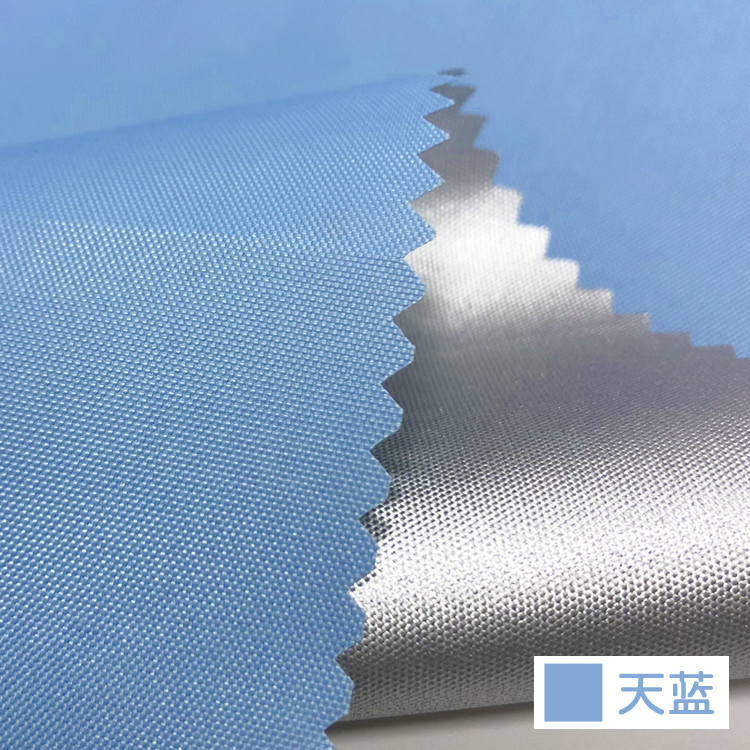Markisenstoff Meterware: The Ultimate Guide
Understanding Markisenstoff and Its Benefits
Markisenstoff, commonly referred to as awning fabric, is a specialized material designed for outdoor applications, particularly awnings and canopies. This durable fabric is engineered to withstand various weather conditions, making it an ideal choice for outdoor settings. One of the primary advantages of choosing markisenstoff meterware is its resistance to fading, mildew, and UV rays. Additionally, the availability of meterware allows for customization, enabling you to select the exact length required for your project. This aspect of markisenstoff not only provides versatility but also maximizes the longevity of your awning system.
Types of Markisenstoff
Markisenstoff comes in several types, each offering distinct qualities suited for different applications. The three main types are acrylic, polyester, and vinyl-coated fabrics. Acrylic fabrics are known for superior UV resistance and a wide array of colors, ensuring that your awning remains vibrant over time. Polyester options are typically more affordable and durable but may not hold up against the sun as effectively. Vinyl-coated fabrics combine strength and weather-resistance traits, making them ideal for commercial applications. When choosing markisenstoff meterware, it’s crucial to consider the environment and level of use to select the appropriate fabric type.
Choosing the Right Color and Design
When selecting markisenstoff meterware, the color and design play a vital role in both aesthetics and functionality. Light colors can reflect sunlight, keeping shaded areas cooler, while darker hues can absorb more heat but offer a striking appearance. You should also evaluate pattern options; striped or patterned fabrics can add a unique touch and can enhance your outdoor space’s overall look. Consider the existing color palette of your patio or outdoor area to ensure that your selected fabric complements the environment well.

Application Guide for Markisenstoff
Applying markisenstoff in your home or business involves several steps, each crucial for ensuring durability and effective use. First, accurately measure the area where the awning will be installed. This measurement will dictate how much meterware you will need to purchase. After purchasing the markisenstoff meterware, prepare the surface of the awning frame or structure, ensuring it is clean and free from any old fabric or debris.
Installation Steps
Begin by cutting the markisenstoff to the required dimensions, ensuring precision to avoid any fitting issues. Next, attach the fabric to the frame using staples or a sewing technique, depending on the structure of your awning. Make sure the fabric is taut to prevent sagging. Once secured, trimming any excess material will give a finished look.
Maintenance Tips for Long-lasting Use
Your investment in markisenstoff meterware should come with proper maintenance to ensure longevity. Regular cleaning helps remove dirt and potential mildew buildup. Using a mild detergent with water and a soft brush can work wonders. It’s advisable to store your awning or retract it during severe weather to prevent damage. For more involved issues, consider consulting with a professional who specializes in awning repairs.

Pros and Cons of Markisenstoff
Understanding the advantages and disadvantages of markisenstoff meterware can help you make an informed decision. On the pro side, its durability and versatility are standout traits. Markisenstoff resists fading and wear, making it an excellent long-term investment. Additionally, the range of designs and customization options means that you can match your awning with various outdoor aesthetics. However, the initial purchase cost can be steep compared to traditional materials.
Cost Considerations
The cost of markisenstoff meterware can vary greatly based on the fabric type and thickness. Acrylic fabrics tend to be on the higher end of the spectrum, while polyester fabrics provide a more budget-friendly alternative. When budgeting, it’s important to factor in not only the material costs but also the installation and maintenance. Long-term benefits often justify the investment in quality markisenstoff.
Environmental Impact
Another significant factor to consider is the environmental impact of your fabric choice. Many manufacturers are now creating environmentally-friendly options for markisenstoff meterware. These sustainable choices can reduce your carbon footprint while also providing high performance. Always look for certifications that vouch for eco-friendly practices if this is a priority for you.
Key Takeaways
- Markisenstoff is durable and weather-resistant, ideal for outdoor awnings and canopies.
- Different types of markisenstoff offer unique benefits, including UV resistance and aesthetics.
- Proper installation and maintenance can enhance the longevity of your markisenstoff.
- Cost and environmental impact should be considered when selecting your material.
FAQ
1. What is markisenstoff made of?
Markisenstoff is typically made from synthetic materials like acrylic, polyester, or vinyl, each offering distinct benefits such as UV protection, durability, and weather resistance. Choosing the appropriate material based on your needs is crucial to ensure longevity and retention of color.
2. How do I maintain my markisenstoff?
Maintenance involves regular cleaning with a mild detergent and the use of a soft brush. It’s also essential to keep the fabric dry and stored away from severe weather when unnecessary. Such practices enhance the lifespan of your **markisenstoff meterware.**
3. Can markisenstoff be custom printed?
Yes, many suppliers offer custom printing services for markisenstoff meterware. This allows you to create unique designs that fit your specific aesthetic or branding needs.
4. How long does markisenstoff last?
With proper care, quality markisenstoff can last anywhere from 5 to 15 years. The lifespan may vary depending on the material type and environmental conditions it is exposed to.
5. Is markisenstoff waterproof?
Markisenstoff is designed to be water-resistant but not completely waterproof. While it can withstand rain to some extent, heavy downpours can penetrate the fabric, leading to potential leakage. Consider reinforced or vinyl-coated options for enhanced water resistance.
Note: The articles mention images appropriately where they fit contextually within the content related to “markisenstoff meterware.”
